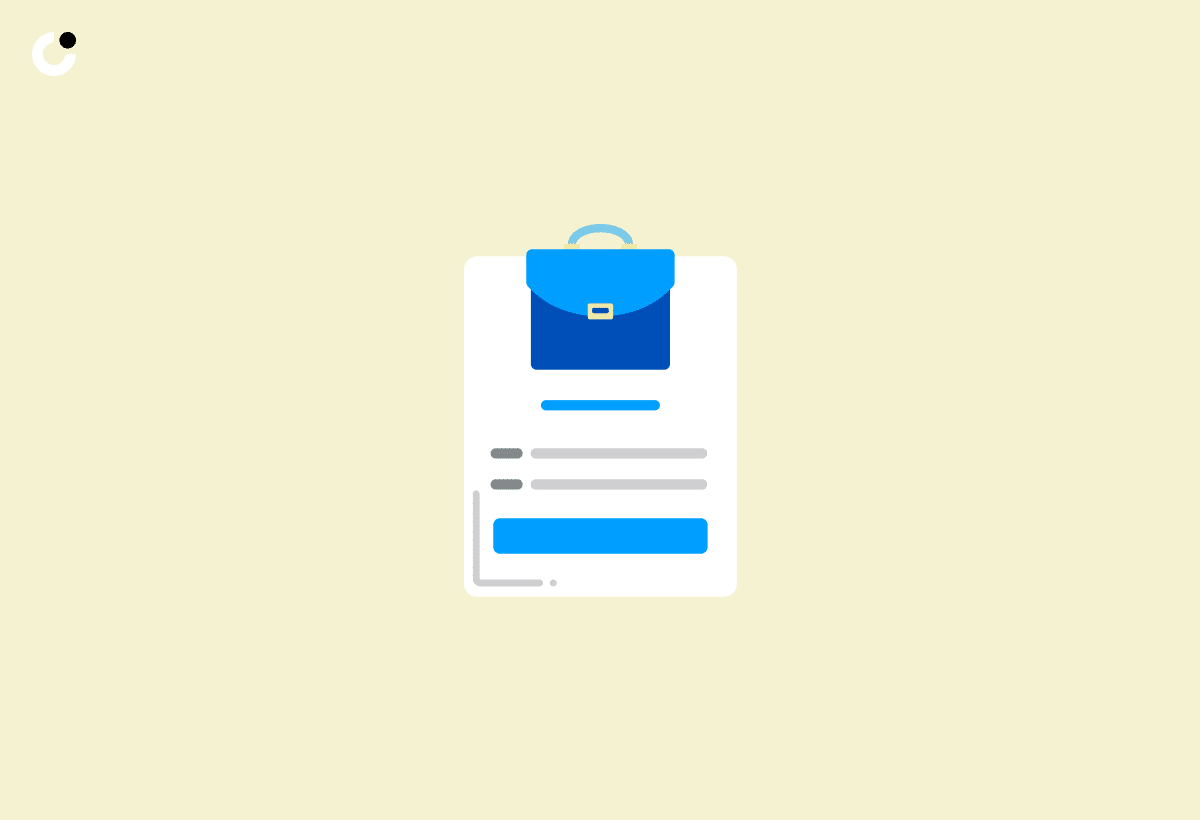Are you struggling to make a strong impression with your resume when applying for jobs via email? Follow these essential tips to ensure your email stands out in a crowded inbox. From keeping your message concise to formatting your attachments correctly, we've got you covered. Plus, learn how to craft a professional email address and find the hiring manager's contact information.
Don't miss our sample email template and answers to common questions about sending resumes via email. Get ready to boost your job application success!
Key Takeaways:
Keep your resume email message concise and error-free to make a good impression on the hiring manager.
Personalize each email for the specific job application and ensure that all attachments are correctly formatted and labeled.
Follow up on your application after sending your resume via email to show your enthusiasm and interest in the position.
Tips for Sending Your Resume via Email
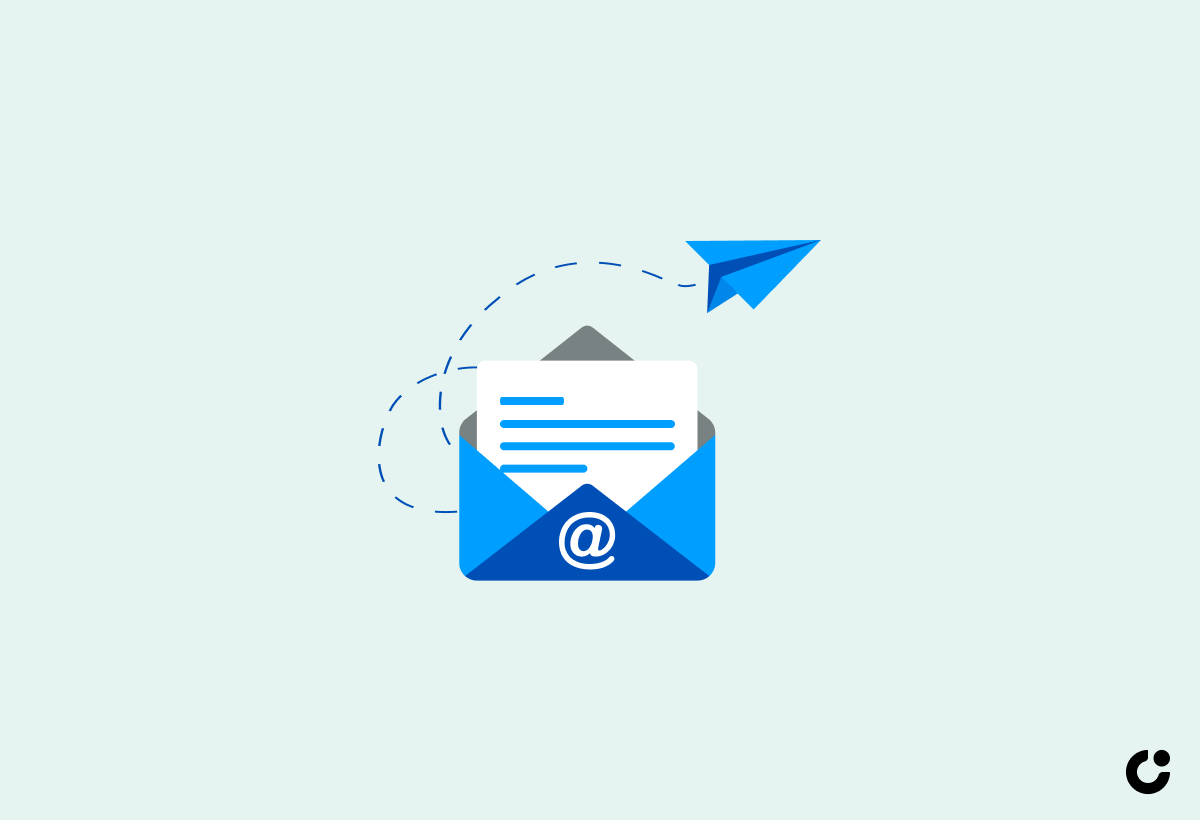
When sending your resume via email, it's essential to follow certain tips to make a positive impression on potential employers and hiring managers.
One crucial aspect to consider when emailing your resume is the formatting. Ensure that your resume is professionally organized and in a clear, easy-to-read layout. This helps the hiring manager quickly grasp your qualifications and experience. A well-crafted cover letter can complement your resume, providing a personalized introduction to your application.
Always remember to attach your documents in the PDF format to maintain the layout and design integrity. This showcases your attention to detail and professionalism. Following up after sending the application email can also significantly boost your chances of standing out among other applicants.
Keep it succinct
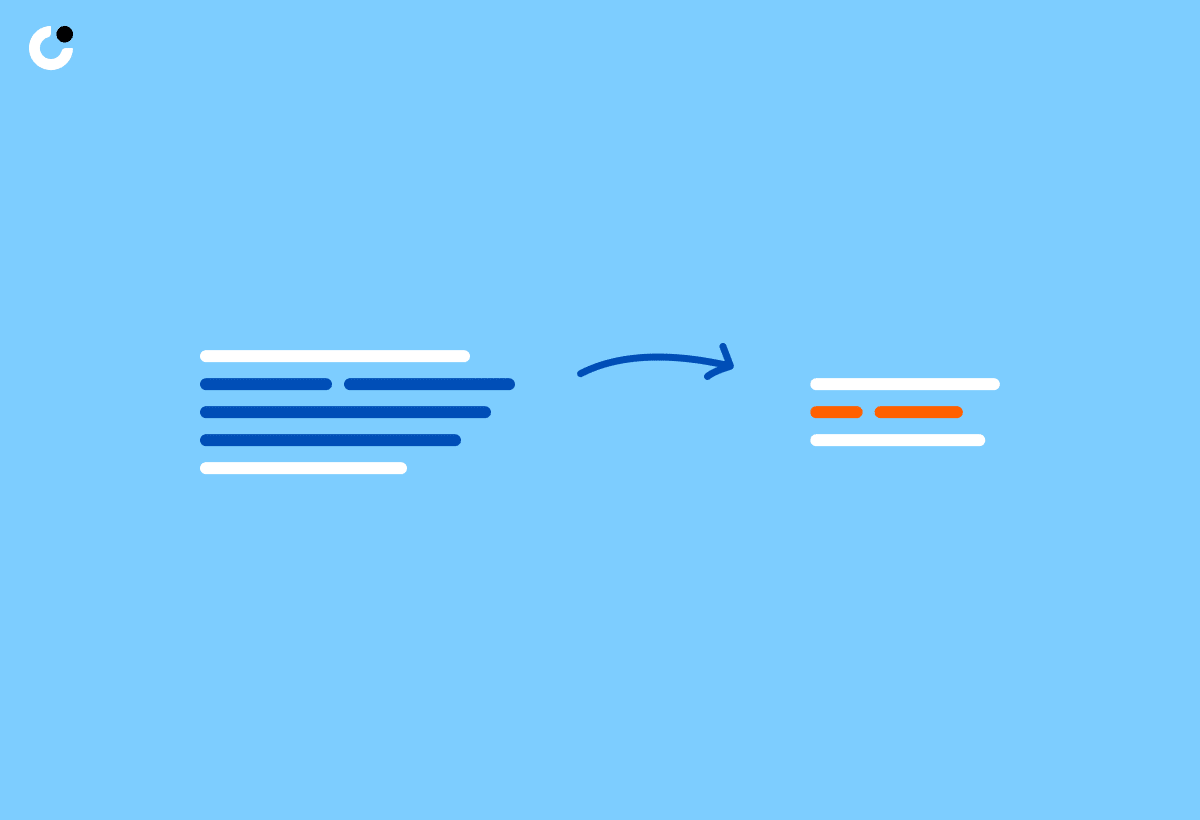
Keeping your email succinct when sending a resume is crucial to ensure that your message is clear, concise, and professional.
When composing your email, remember that it serves as your first impression to the hiring manager. Start with a polite greeting, such as 'Dear Hiring Manager', to establish a respectful tone. In the body of your email, briefly introduce yourself and mention the position you are applying for. The cover letter should be attached as a separate document, with a clear mention in your email. Avoid lengthy paragraphs and unnecessary details; instead, focus on highlighting your qualifications that match the job requirements. End your email with a courteous closing and your contact information for easy reference.
Triple-check your message and documents
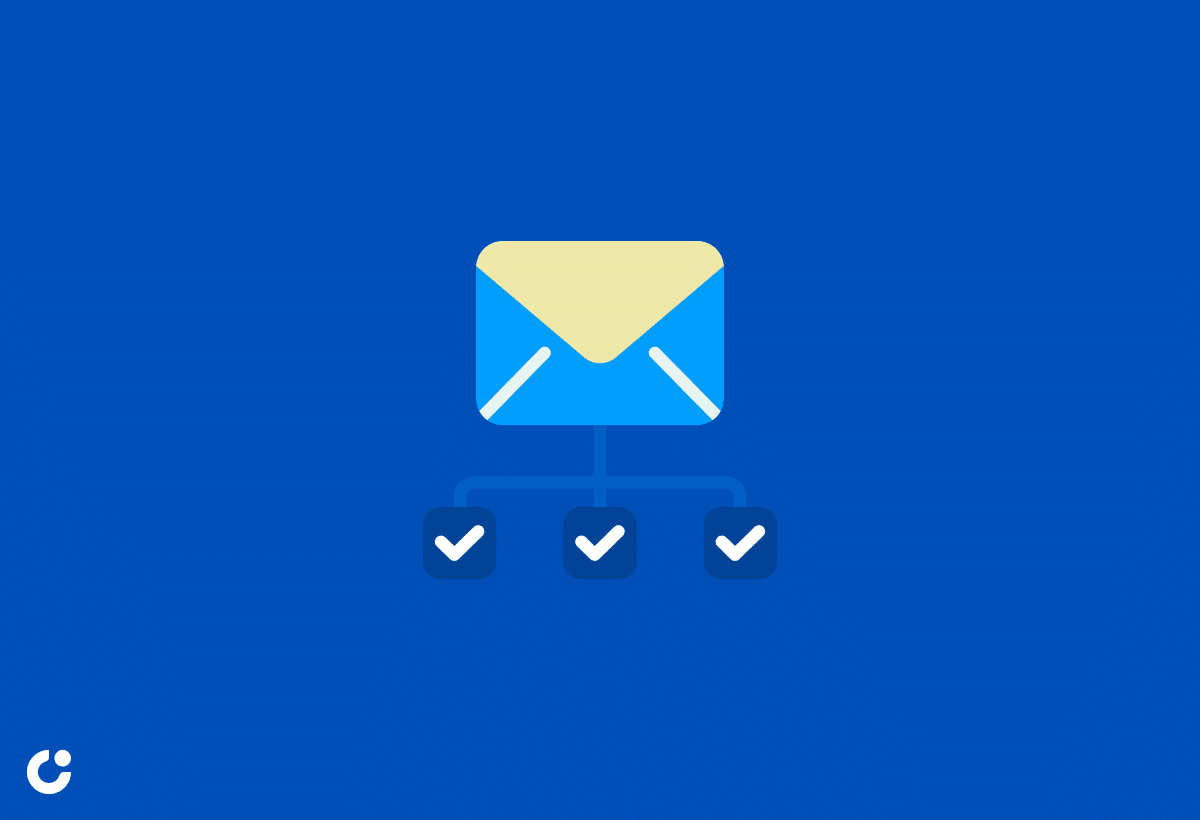
Before hitting send, it's crucial to triple-check both your message content and attached documents to ensure they are error-free and professionally presented.
In terms of important communications such as email content, resume, and cover letter, even a small typo can leave a negative impression on potential employers.
Ensure that your emails follow the appropriate format and are addressed to the correct recipient. Similarly, resumes and cover letters should be clearly organized and free of errors.
Remember to convert your files to PDF format for attachments to maintain a professional image. Carefully read any instructions provided by the employer and ensure that you follow them meticulously to demonstrate your attention to detail and commitment to the job application process.
Use a professional email address
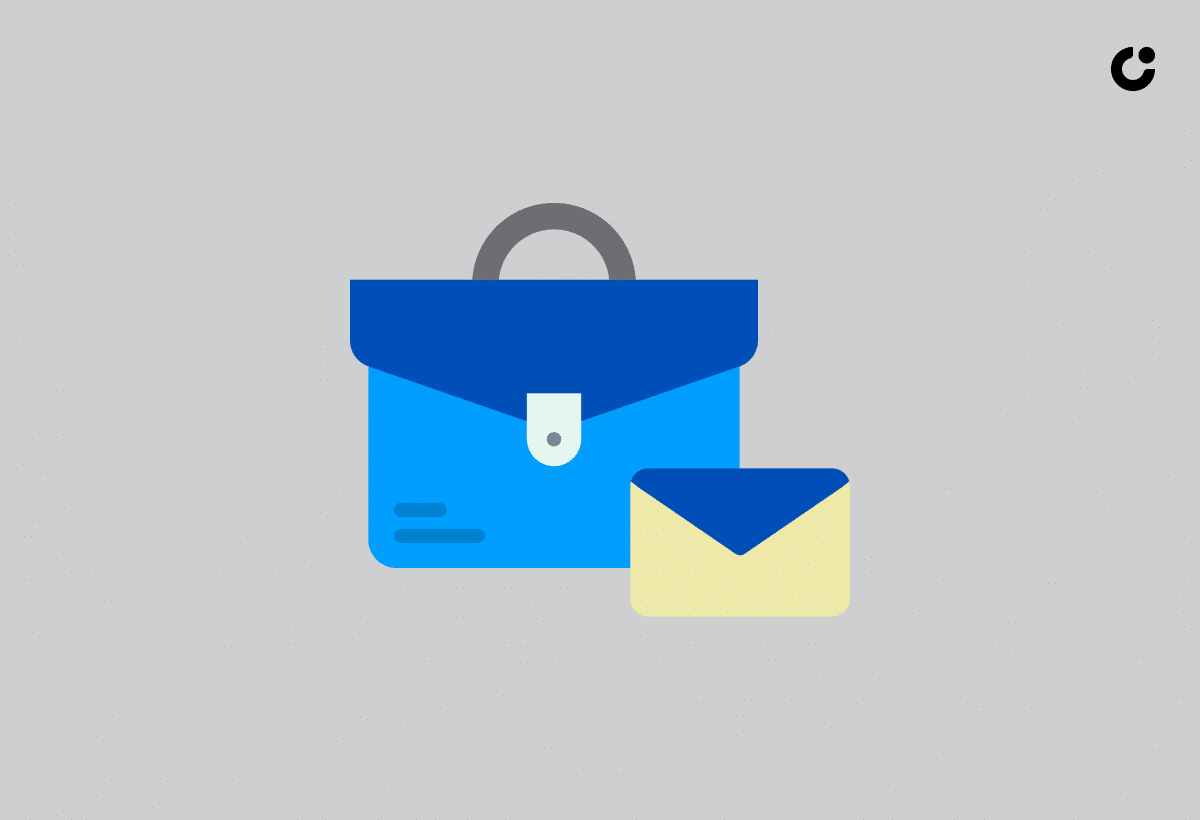
When sending a resume via email, it's crucial to use a professional email address that includes your name or relevant information rather than informal or unrecognizable handles.
Incorporating your full name or a variation of it in your email address not only conveys professionalism but also makes it easier for the hiring manager to remember who you are amidst a sea of applications.
By personalizing your email address, such as using firstname.lastname or a similar format, you establish a strong first impression and demonstrate attention to detail.
Consider adding numbers or initials if your name is common to ensure uniqueness while maintaining a polished appearance.
Send yourself a test message
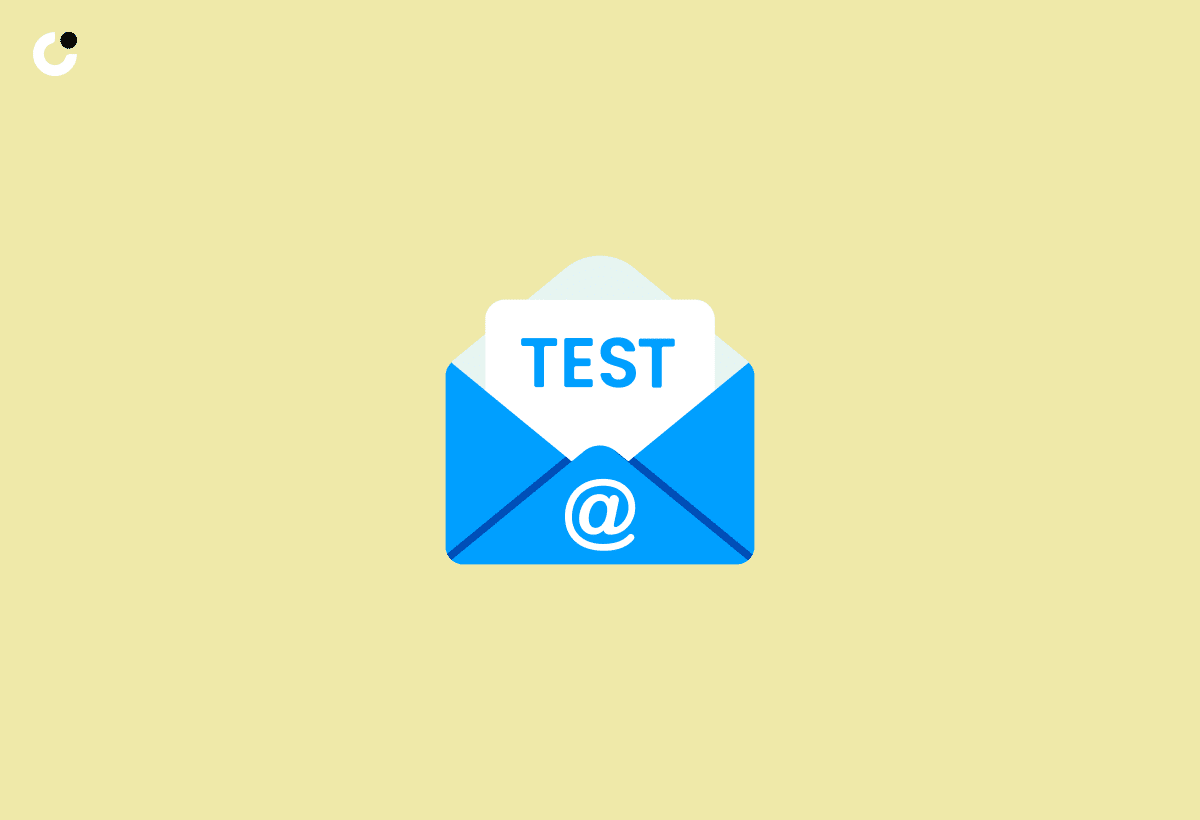
Before sending your resume email to the hiring manager, it's advisable to send a test message to yourself to check for any formatting issues, broken links, or missing attachments.
By testing the email beforehand, you can be confident that all the crucial elements, from the subject line to the attachment, are in place and showcased appropriately. Ensuring that your email signature is included and correctly displayed also adds a professional touch to your communication. Double-check that the email reflects your business's ethos and values, maintaining a consistent tone throughout the content. Take a moment to review the overall layout and design to guarantee a visually appealing and error-free presentation before hitting send.
Personalize your email for each job application
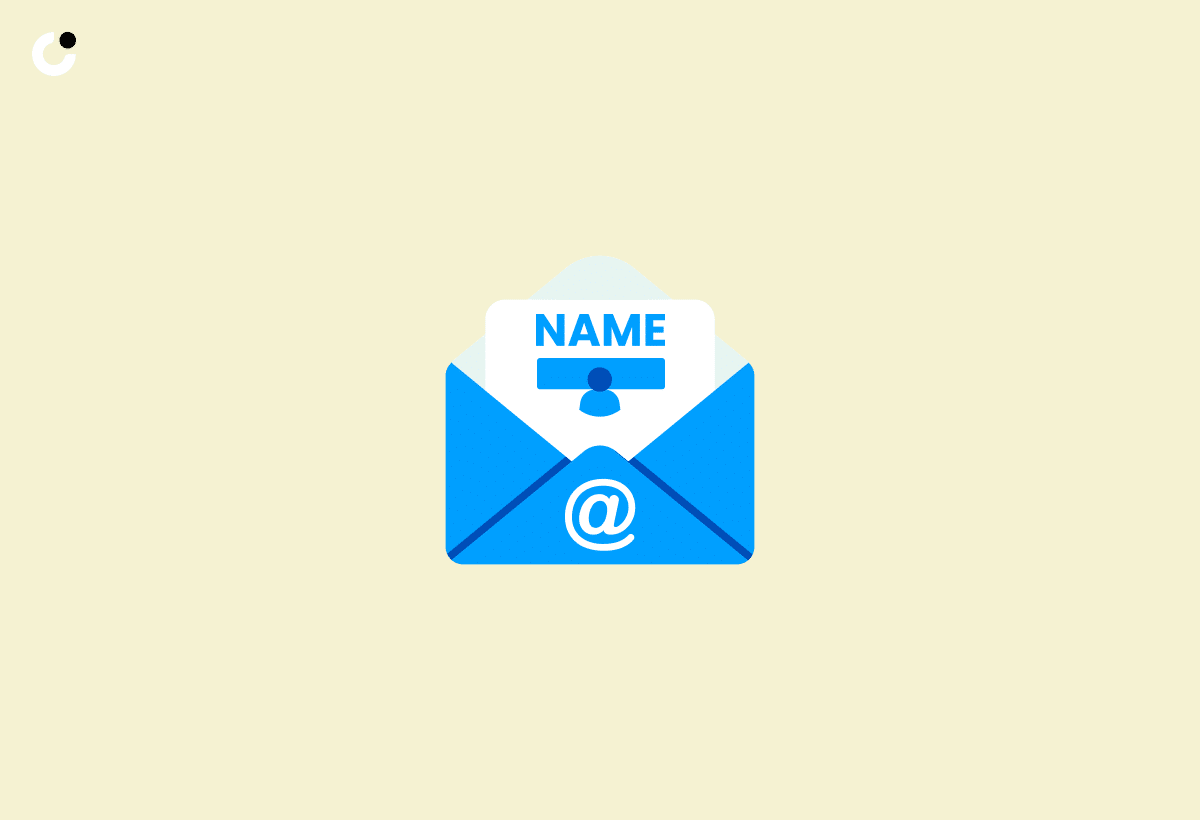
Personalizing your email for each job application by mentioning specific details related to your professional background, job title, and contact information can significantly enhance your chances of getting noticed by the employer.
By tailoring your email content, you show the employer that you've put effort into understanding the role and how your experience aligns with their needs. Including online profile links, such as LinkedIn, can provide a deeper insight into your qualifications. Sharing your contact information helps the employer easily connect with you. Remember, customization is key - subtly showcase how your skills match the job requirements. This approach not only demonstrates your genuine interest but also highlights your dedication to the application process.
Use a clear and informative subject line
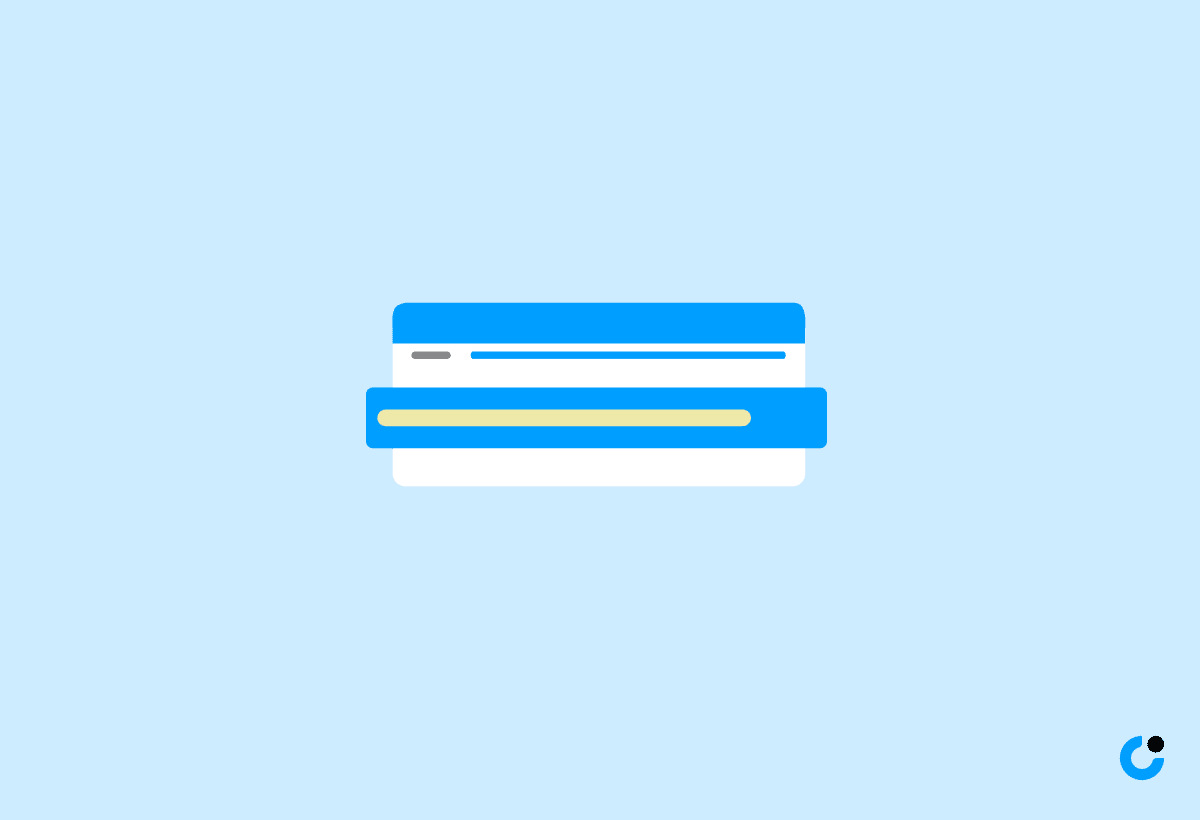
Crafting a clear and informative subject line for your resume email is crucial to ensure that the hiring manager understands the purpose of your message and the job application you are referring to.
By creating a subject line that succinctly summarizes the essence of your email, you grab the recruiter's attention immediately.
It should convey your intentions clearly, whether you are applying for a specific job, following up on a previous conversation, or just networking.
Integrating relevant keywords from the job posting not only increases the chances of your email being opened but also demonstrates your attention to detail.
Structuring the subject line with a balance of professionalism and creativity can also distinguish your email from the multitude recruiters receive daily.
Format your resume and attachments correctly
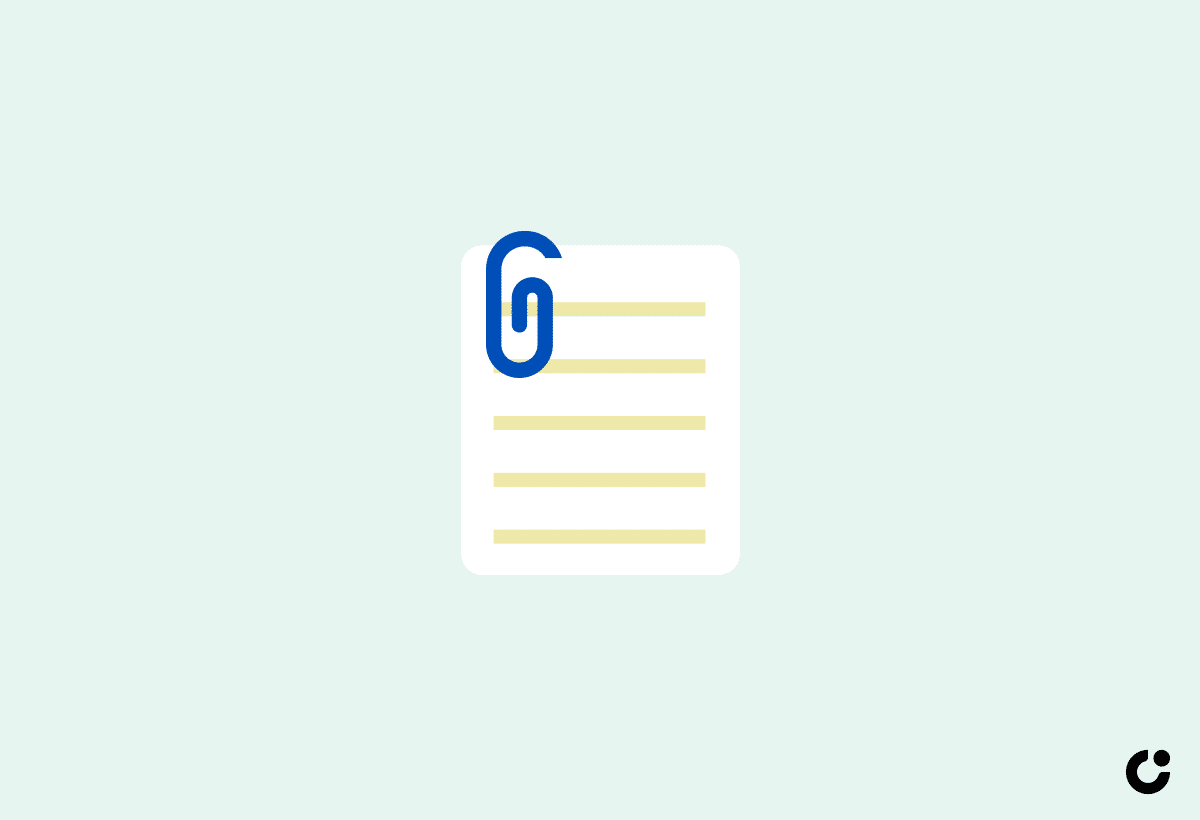
Formatting your resume and attachments correctly in the preferred file format, such as PDF, and using appropriate document names can contribute to a professional presentation of your application materials.
Ensuring that your resume and cover letter are in PDF format is crucial as it helps preserve the layout and design of your documents, ensuring they appear consistent and polished across various devices. Using PDF also reduces the risk of formatting errors when the files are opened on different computers or operating systems.
When organizing your attachments, consider naming them in a clear and concise manner, incorporating your name, the document type, and the job position. This enables the recipient to easily identify and retrieve your files amidst a stack of other applications. Maintaining a consistent naming convention helps you stay organized and showcases your attention to detail.
Follow up on your application
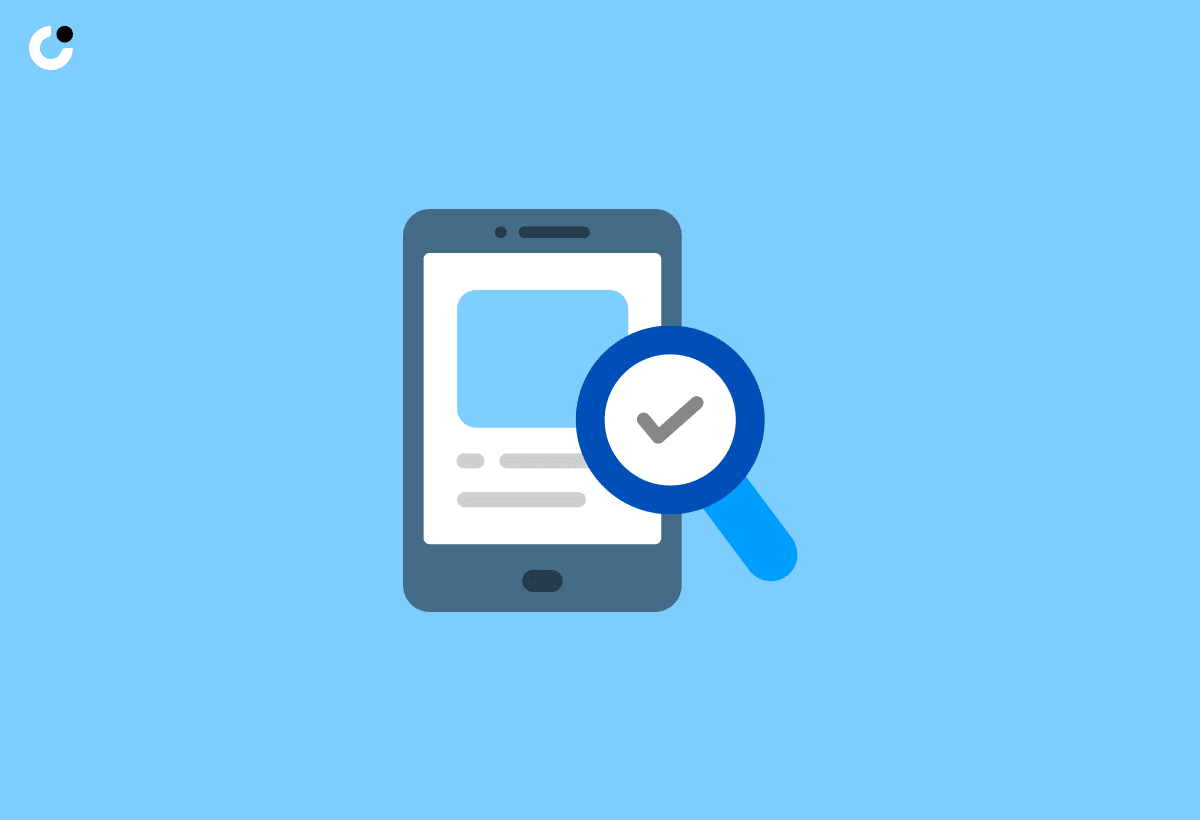
Sending a follow-up email after submitting your resume demonstrates your proactive approach and interest in the job position, increasing your visibility in the applicant tracking system and the hiring manager's inbox.
Following up not only serves as a reminder of your application but also allows you to express your enthusiasm for the role. It shows that you are dedicated and value clear communication, traits that employers appreciate. By staying engaged in the hiring process, you display your professionalism and commitment.
Utilizing applicant tracking system algorithms can give you insights into where you stand in the selection process and enable you to tailor your follow-up email accordingly. It helps you track your application progress, adjust your strategies if needed, and showcase your attention to detail.
When crafting a follow-up email, maintain a polite and respectful tone, reiterating your interest in the position while also inquiring about the status of your application. Keep the email concise, focusing on your qualifications and how they align with the job requirements. Emphasize your fit for the role and express gratitude for the opportunity to be considered.
Sample Email Template for Sending Resume
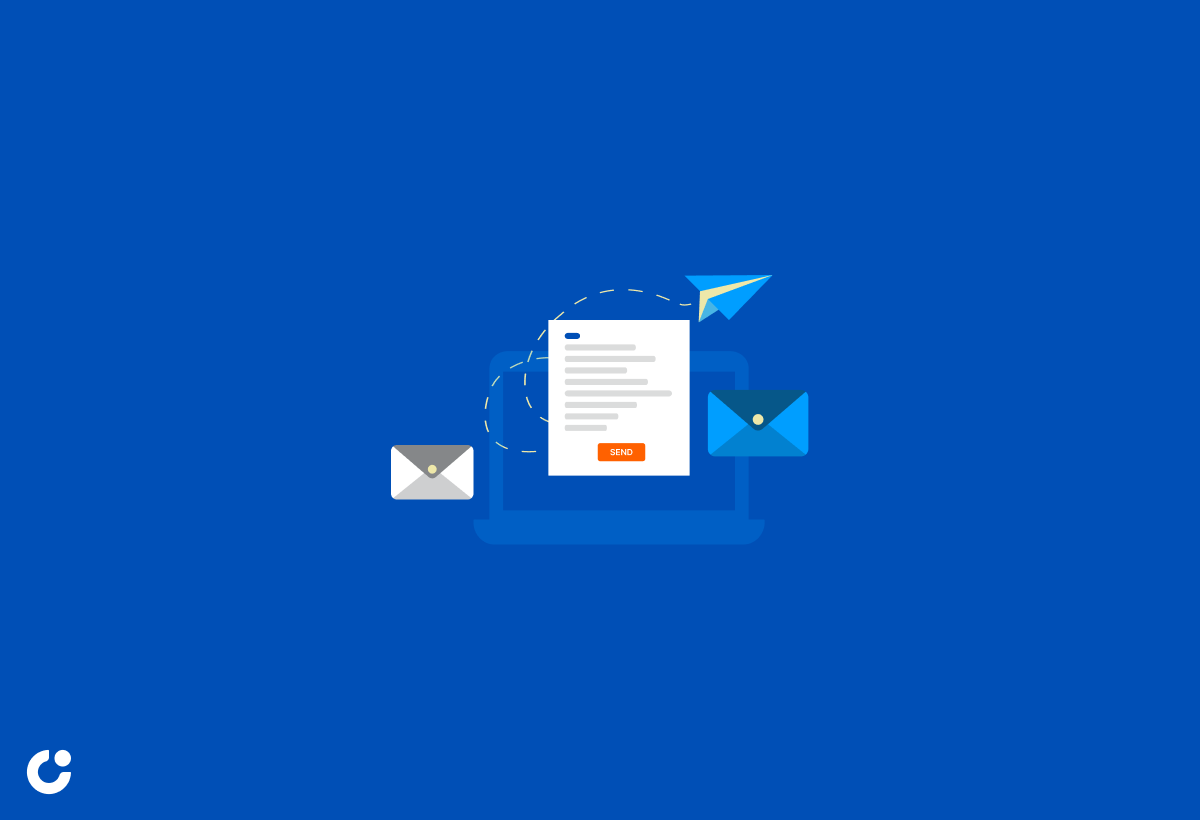
A sample email template for sending your resume is a valuable resource that can guide you in creating a professional and effective communication with prospective employers while applying for job opportunities.
When crafting such an email, the subject line plays a crucial role in grabbing the recruiter's attention at first glance. Start with a concise and relevant subject, such as 'Application for [Job Title] Position' or 'Experienced Professional Seeking Opportunities'.
The greeting should be formal yet friendly. Use 'Dear [Hiring Manager's Name]' or 'Dear Hiring Team' if the specific name is not provided.
In the body of the email, introduce yourself briefly, state the position you are applying for, and highlight your key qualifications and experiences.
Remember to customize this part for each job application to align with the job requirements and company culture.
Close the email by expressing your enthusiasm for the opportunity, adding a polite 'Thank you for your time and consideration.' End with a professional sign-off, such as 'Sincerely' or 'Best regards,' followed by your full name and contact information.
Frequently Asked Questions about Sending Resumes via Email
Clarifying common queries about sending resumes via email can help applicants navigate the application process more effectively and present their credentials professionally to potential employers.
When crafting an email for a job application, it's crucial to have a clear subject line that highlights the position you are applying for. A concise yet impactful introduction in the body of the email can grab the hiring manager's attention. Constructing a well-structured email that includes a brief cover letter showcasing your skills and experiences is essential.
Consider attaching your resume in a widely compatible format like PDF.
The inclusion of a professional email signature with your contact details adds a polished touch.
Always address the recipient with proper salutations and maintain a polite and professional tone throughout the email.
What should I write in an email when sending a resume?
When sending a resume via email, it's crucial to craft a message that introduces yourself, specifies the job you're applying for, and highlights your relevant qualifications and skills.
Begin your email by addressing the recipient with a polite greeting, mention the specific job title you are interested in bold, followed by a concise overview of your experience directly related to the requirements of the position. Emphasize your skills and achievements that align with the company's needs, all while maintaining a professional tone throughout your message. Be sure to use keywords that resonate with the job posting and the organization, demonstrating your genuine interest and understanding of the role.
How do I find the hiring manager's contact information?
Discovering the hiring manager's contact information can be achieved through researching the company's website, professional networking platforms, or contacting the company directly for details.
When diving into the company's website, pay close attention to the 'About Us' or 'Team' sections, often rich with names and roles. For more information on job hunting strategies and sending your resume via email, check out this external link.
Utilizing platforms like LinkedIn can offer insights into the company's organizational structure and key personnel. By constructing a targeted search using the company name and relevant terms, you might just stumble upon the elusive hiring manager's profile.
Leveraging mutual connections on LinkedIn can also provide an opening to request an introduction or glean valuable information.
Reaching out directly to the company's HR department or reception can yield the sought-after contact details.
What should I include in the subject line of my resume email?
The subject line of your resume email should be concise and informative, including key details like the job title, your name, and a brief reference to your qualifications or experience.
When crafting your subject line, consider the specific keywords related to the company and the role you are applying for. Keywords play a crucial role in catching the hiring manager's eye and increasing the chances of your email getting noticed. Utilize words or phrases that directly relate to the job description and align with the company's values or industry niche.
Ensure that your subject line is tailored to the recipient, making it personal and engaging. A well-crafted subject line acts as your first impression, so make it count by highlighting your strengths and what makes you a perfect fit for the position.
What is the universally accepted file format for sending a resume?
The universally accepted file format for sending resumes is PDF (Portable Document Format) due to its compatibility, security, and professional presentation.
One of the key advantages of using PDF for resumes is its ability to maintain document integrity. When sending your resume as a PDF, you can be assured that the file will appear the same way regardless of the device or operating system used to open it. This consistency in formatting across different platforms ensures that your resume will be presented in the best possible light, enhancing your professional image.
How do I ensure my resume email is free of grammar errors?
To ensure your resume email is free of grammar errors, consider using proofreading tools, seeking feedback from peers, or hiring professional editing services for meticulous review.
Proofreading tools can be incredibly helpful in catching those pesky typos and grammatical mistakes that might slip through your initial drafts. Requesting reviews from friends or colleagues can provide a fresh set of eyes to catch errors you might have missed. If you're looking for a more comprehensive approach, professional editing services offer a thorough examination of your content to ensure polished communication.
Should I send a test email before sending my resume to an employer?
Sending a test email before submitting your resume to an employer is advisable as it allows you to ensure that all elements, including attachments and formatting, are correct and professional.
By sending a test email, you can verify that your contact details, subject line, and message body appear as intended, avoiding embarrassing mistakes or oversights.
This preemptive action gives you the opportunity to assess the overall tone and professionalism of your email, which is crucial for impressing the recipient.
Ensuring that your email is error-free and visually appealing can significantly increase your chances of standing out positively to the hiring manager, setting a strong foundation for a successful application.
How do I write a professional email address for my resume email?
Crafting a professional email address for your resume email involves using your name or a relevant identifier, avoiding unprofessional terms, and showcasing your skills or industry expertise.
When creating your email address, remember that it serves as a digital business card, offering a glimpse into your professionalism and expertise. Incorporating your name in the email address helps in personal branding and reinforces your identity. Consider using a variation of your name or adding a professional title or keyword that reflects your field of work. This not only makes it memorable but also highlights your relevance to the industry.
What should I include in my email signature when sending a resume?
Your email signature when sending a resume should include your full name, professional title, contact information, and any relevant links such as your LinkedIn profile or personal website for additional context.
These elements are crucial as they provide essential information to the recipient and reinforce your professionalism. Ensure that your contact details are up-to-date and easy to find, and include your professional title to give insight into your expertise.
Creating a visually appealing design for your email signature can also leave a lasting impression on the reader. Use a simple layout with clear fonts and colors that complement your personal brand. Hyperlinked icons or buttons for your online profiles can make it convenient for the recipient to learn more about your background.
Do I need to include a separate cover letter when emailing my resume?
Including a cover letter when emailing your resume is recommended as it allows you to provide additional context, express your motivation, and highlight specific achievements or experiences relevant to the job.
By incorporating a well-crafted cover letter, you can seize the opportunity to elucidate your passion and eagerness for the position. This document acts as a personal introduction, enabling you to elaborate on your professional journey, aspirations, and unique qualifications that align with the company's needs.
A cover letter serves as a platform to address any potential gaps in your resume, showcase your personality, and demonstrate your writing skills. Tailoring the content of your cover letter to mirror the key points in your resume creates a cohesive narrative that reinforces your candidacy and reflects your attention to detail.
How can I ensure my resume and cover letter stand out when emailing them to a hiring manager?
To make your resume and cover letter stand out when emailing them to a hiring manager, focus on highlighting your unique experiences, contributions, and qualifications that align with the company's requirements and values.
It's crucial to tailor your application materials for each job you apply for, customizing them to match the specific criteria of the role and the company's culture. Don't just repeat what's already in your resume; instead, use your cover letter to provide a narrative that adds depth and context to your achievements. Showcase your passion for the industry and your dedication to professional growth. These subtle yet impactful touches can make a significant difference in capturing the recruiter's attention and setting you apart as a top candidate.
Frequently Asked Questions
What is the best way to send my resume via email when job hunting?
The most effective way to send your resume via email is by using a template specifically designed for this purpose. It ensures that your email stands out and includes all the necessary information in a professional manner.
What should be included in a template for sending my resume via email?
A good template should include a clear subject line, a brief introduction, a custom cover letter, your resume attached in a PDF format, and a professional signature with your contact information.
Do I need to customize my email template for each job application?
Yes, it is important to tailor your email template for each job application. This shows that you have put effort into your application and have a genuine interest in the specific job.
How can I make my email stand out when sending my resume?
To make your email stand out, use a clear and concise subject line, personalize the email with the recipient's name, and highlight your most relevant skills and experiences in the body of the email.
Is it okay to follow up after sending my resume via email?
It is acceptable to follow up after sending your resume via email, but make sure to wait at least a week before doing so. Use a polite and professional tone, and mention your interest in the position and eagerness to hear back from the employer.
What are some common mistakes to avoid when using an email template for job hunting?
Some common mistakes to avoid include forgetting to attach your resume, using an unprofessional email address, sending a generic email without customizing it, and not proofreading for errors or typos.

